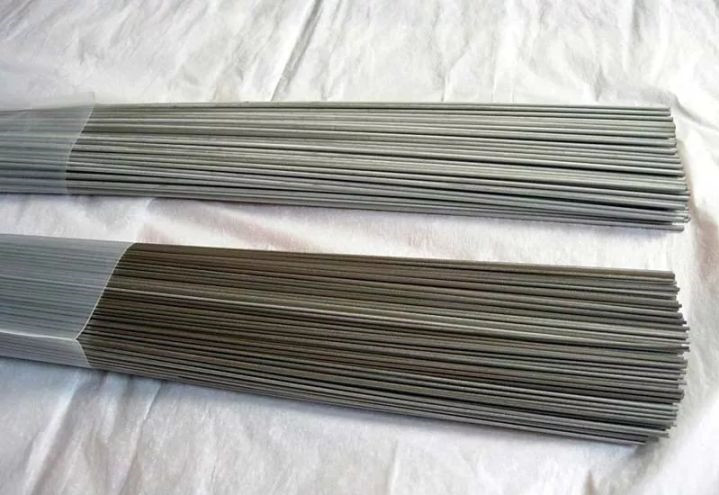As part of the manufacturing of titanium and processing, titanium will undergo some kind of straightening as some point in the processing.
The common straightening methods of titanium rod,titanium wire and titanium tube are: stretcher straightening, sinusoidal straightening, gag straightening, etc.
Stretcher straightening, also known as drawing straightening, is a method of correcting shape defects by applying longitudinal tension to the workpiece that exceeds the material’s yield limit and causes plastic extension. When straightening, tensile stress exceeding the material’s yield limit is applied to the front and back of the tension straightener’s titanium rod, titanium wire, and titanium tube with wavy shape defects.
The original residual stress of the titanium rod is superimposed with the tensile stress. The actual deformation stress is decreased along with the plastic extension during straightening because a portion of the tensile stress is offset in the vast extension area. Due to the superposition of the tensile stress in the first tiny extension, the actual deformation stress rises, and the plastic extension rises during straightening. As a result, the wavy faults are eradicated following the tensioning action, and all areas of the straightened workpiece stretch evenly.
The manufacturing of rod, wire, and pipe with simple sections frequently use the sinusoidal method of straightening. The inclined roller straightener is used to straighten titanium rod and titanium tube. There are more than four rolls in the straightener (often 5-29 rolls). By continuously and repeatedly bending each roll in three directions, it steadily reduces the variable range of the workpiece’s residual curvature.c
The following are the basic principles of roller straightening:
- In general, the more rolls and the smaller the roll diameter, the higher the precision of straightening; a small roll distance favors the development of a workpiece biting and straightening process.
- In roller straightening, the initial few rolls mostly minimize differences in the workpiece’s residual curvature along the length direction, and the final few rolls primarily reduce the residual curvature that tends to be uniform.
- The reasonable determination of the workpiece under the roller reverse bending rate is the major factor determining the straightening quality. The subsequent roll on the reverse bending rate is defined by the maximum residual curvature just can completely straighten the adjacent roll in front of the maximum. The initial few rolls (the second and third roll) to choose a large reverse bending rate.
- The harder the material, the harder it is to straighten it; at this point, choose a higher reverse bending rate and more straightening rolls with a smaller roll diameter.
